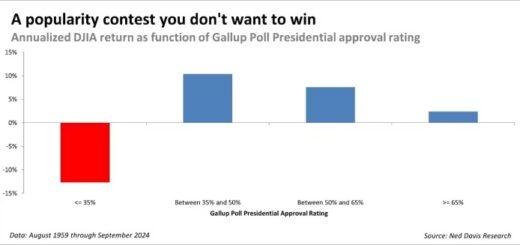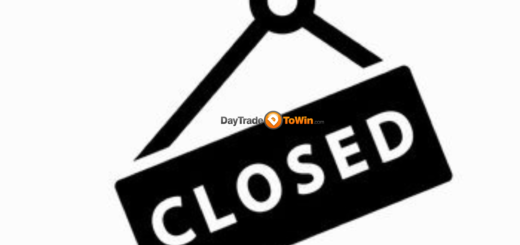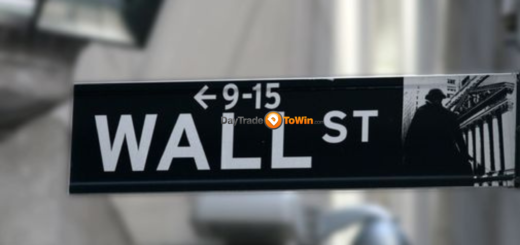Market Break: Labor Day Closure Reminder
“Nasdaq’s Impressive 34.1% Gain in the 8 Months Leading Up to Labor Day, Its Best Performance Since 2003”
As Labor Day approaches, it’s worth noting that the U.S. stock market, as well as the approximately $25 trillion Treasury market, will be closed on Monday, September 4th, in observance of the holiday. This provides workers with an extended holiday weekend to relax and enjoy.
Labor Day traditionally marks the end of summer and the start of the school year, and on Wall Street, it often involves preparing significant amounts of corporate bonds for sale to investors. This year, there is a notable surge in the issuance of “junk-rated” bonds and loans, totaling $15.4 billion, as reported by Bloomberg.
Despite a minor dip in August, the overall market has shown remarkable strength as we head into the fall, and it continues to operate without signs of a recession. U.S. equities were approaching record levels, largely driven by the AI-driven surge in technology stocks, including notable gains in shares of Nvidia Corp. In particular, the tech-heavy Nasdaq Composite Index has stood out, achieving a 34.1% increase year-to-date as of Thursday. This performance marks its most impressive eight-month stretch leading up to Labor Day since 2003, according to data from Dow Jones Market Data. Similarly, it represents the strongest such period for the S&P 500 and Dow Jones Industrial Average since 2021.
This Labor Day is notable not only for the holiday itself but also due to the renewed focus on labor and labor-related issues, particularly strikes. Additionally, the jobs report for August, scheduled for release on Friday at 8:30 a.m. Eastern, is expected to show a slowdown in hiring, but with an unemployment rate of 3.5%, it remains near its lowest levels since the late 1960s.
This Labor Day also marks the start of efforts to encourage more workers to return to the office, including initiatives by the federal government, scheduled for September and October. However, the office sector is facing challenges, given the current high interest rates and the 10-year Treasury yield exceeding 4%. It’s evident that returning to the office is not a one-size-fits-all solution for the sector’s recovery.




